The core role and challenges of slitting machine in the production of lithium battery separator
The slitting machine plays a vital role in the production of lithium battery separators, and its core role and challenges are directly related to the quality, production efficiency and battery performance of the separator. Here's the detailed analysis:
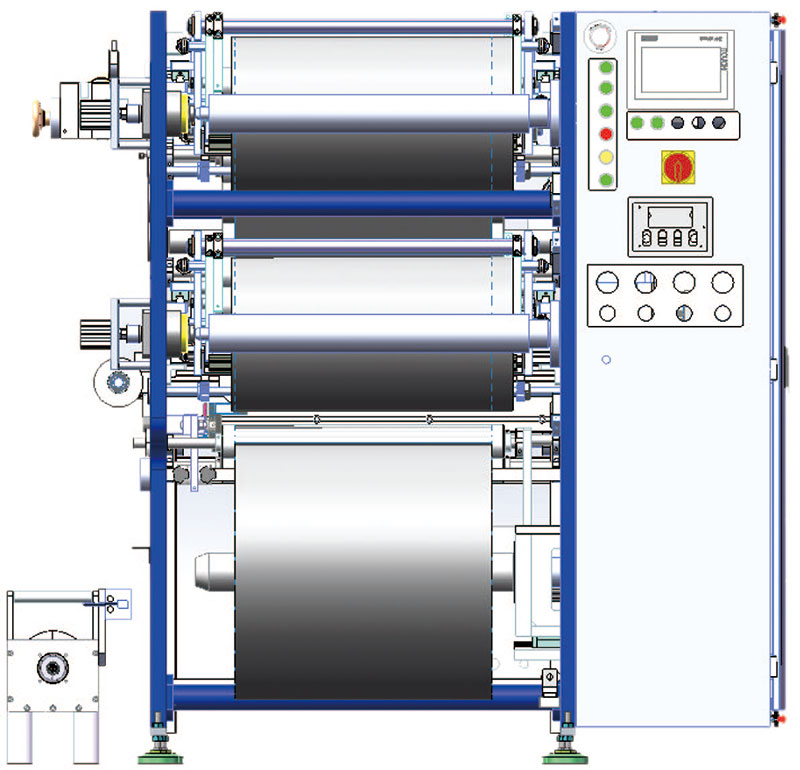
First, the core role of the slitting machine
1. Precise slitting to meet customized needs
◦ The lithium battery separator needs to be cut into different widths (millimeter-level accuracy) according to the battery model (such as square, cylindrical, soft pack), and the slitting machine achieves a tolerance of ±0.1mm or even smaller through high-precision tools and tension control systems to ensure that the edge of the separator is flat and free of burrs, and to avoid short circuit inside the battery.
2. Maintain diaphragm integrity
◦ The microporous structure (air permeability, porosity) and coating uniformity of the separator directly affect the ion conduction efficiency of the cell. The slitting machine needs to avoid thermal damage during the slitting process (such as the heat-affected zone of laser slitting) or microporous deformation caused by mechanical stress to ensure the stable electrochemical performance of the separator.
3. Efficient production and cost control
◦ Slitting speed (usually 50-200m/min) and winding quality directly affect the production capacity. High-speed slitting needs to simultaneously solve problems such as tension fluctuations and coil deviation, reduce scrap rates (such as edge cracks, wrinkles), and reduce raw material loss.
4. Adapt to a variety of material properties
◦ For different materials such as PE/PP base film and ceramic coated separator, the slitting machine needs to adjust the process parameters (such as tool angle and tension value) to avoid coating peeling or base film stretching deformation.
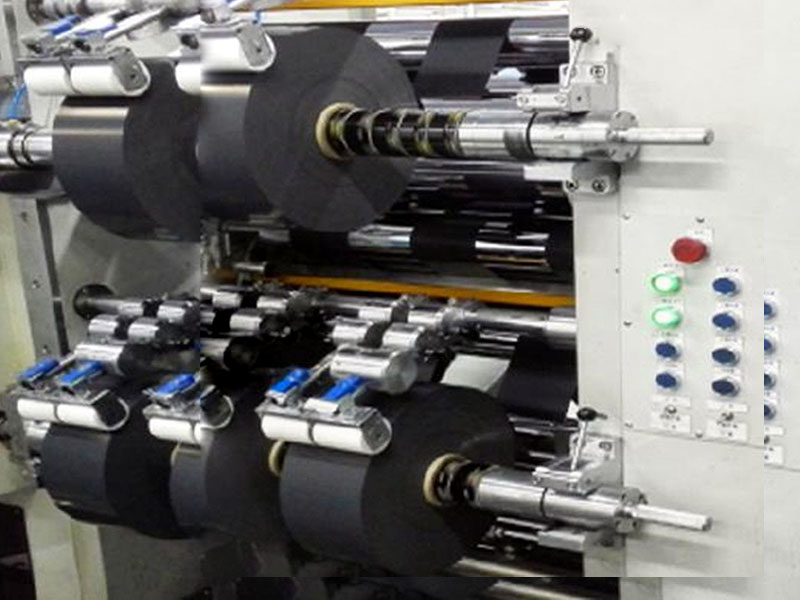
Second, the key challenges faced by the slitting machine
1. The contradiction between high precision and high-speed production
◦ Increased speed may cause vibration to intensify, affecting slitting accuracy. It is necessary to optimize the mechanical structure (such as air bearing support tool shaft) and introduce real-time deviation correction system (such as CCD visual inspection + closed-loop control).
2. Processing difficulties due to extremely thin diaphragms
◦ The thickness of the new generation of diaphragm has been reduced to 5-10μm, and the edge is prone to roll and break during slitting. Ultra-thin special tools (e.g. diamond-coated knives) or laser slitting technology (cold lasers to reduce thermal effects) are required.
3. The complexity of tension control
◦ The diaphragm tension needs to be dynamically adjusted according to the material and thickness (usually in the range of 0.5-5N). Multi-stage tension control systems (e.g., PID algorithms) and low-inertia winding and unwinding mechanisms are key technologies.
4. Cleanliness and electrostatic control
◦ The diaphragm is sensitive to dust, and the slitting should be carried out in a clean environment, and it should be equipped with an ionizing air bar to eliminate static electricity, avoid adsorbing impurities or causing safety problems.
5. Intelligent and digital transformation
◦ AI defect detection (e.g., online AOI system) and process parameter self-optimization functions need to be integrated to meet the quality control needs of large-scale production.
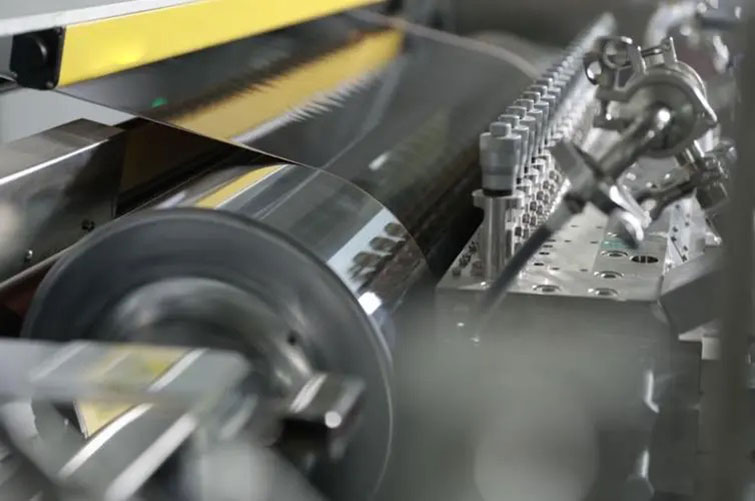
Third, the trend of technological development
1. Laser slitting replaces mechanical knives
◦ UV/ultrafast lasers can reduce mechanical stress and improve edge quality, but need to solve the problems of high equipment cost and cutting efficiency.
2. Modular design
◦ Quick tool change system and adjustable width mechanism can adapt to multi-variety production and reduce downtime.
3. Digital twins and predictive maintenance
◦ Optimize slitting parameters through virtual simulation, predict tool life based on sensor data, and reduce failure rate.
summary
The slitting machine is the "precision goalkeeper" in the production of lithium battery separators, and its technological breakthroughs (such as nano-level precision control and intelligent slitting) will directly promote the improvement of separator performance and the progress of battery energy density. In the future, it is necessary to continue to overcome problems such as ultra-thin material processing and high-speed and high-precision collaboration to meet the needs of the lithium battery industry's rapid iteration.
Recent Post
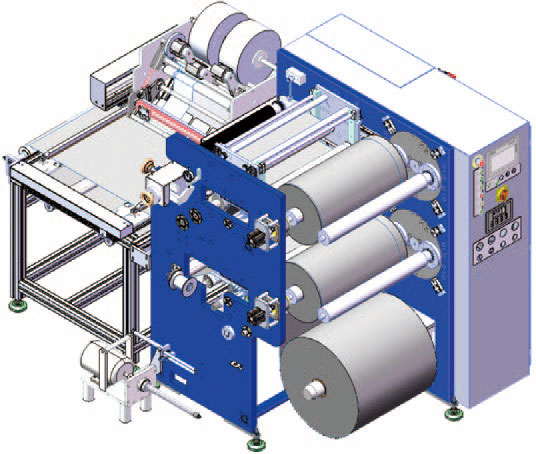 How does the automatic slitting machine improve the slitting efficiency of lithium battery pole pieces?28. April, 2025
How does the automatic slitting machine improve the slitting efficiency of lithium battery pole pieces?28. April, 2025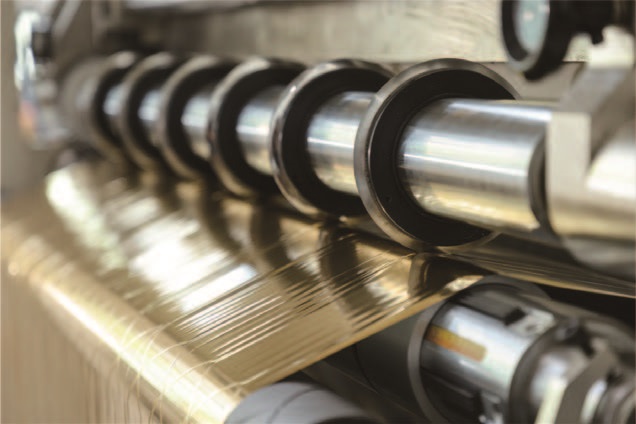 Copper foil slitting machine for lithium battery: help the development of new energy industry19. March, 2025
Copper foil slitting machine for lithium battery: help the development of new energy industry19. March, 2025 High-precision copper foil slitting machine: escort your lithium battery production12. March, 2025
High-precision copper foil slitting machine: escort your lithium battery production12. March, 2025 The application of slitting machine in the processing of new energy materials12. February, 2025
The application of slitting machine in the processing of new energy materials12. February, 2025
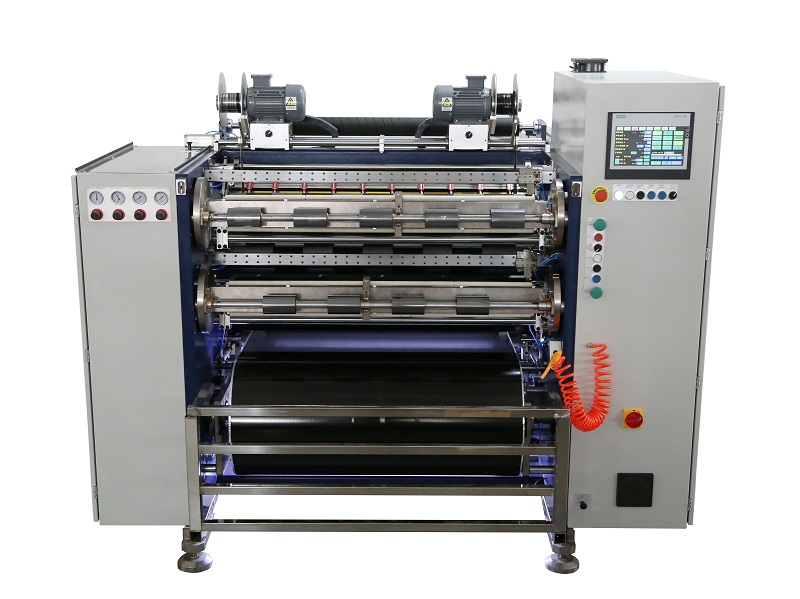 Fully Automatic TTR Slitter RSDS8 Plus
Fully Automatic TTR Slitter RSDS8 Plus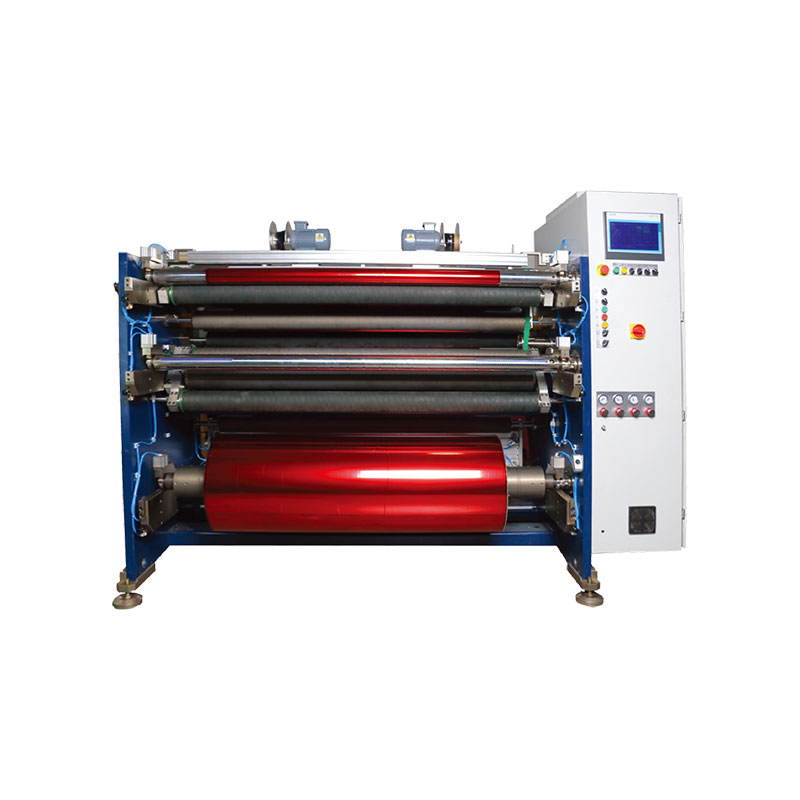 Hot Stamping Foil Slitter 1600mm
Hot Stamping Foil Slitter 1600mm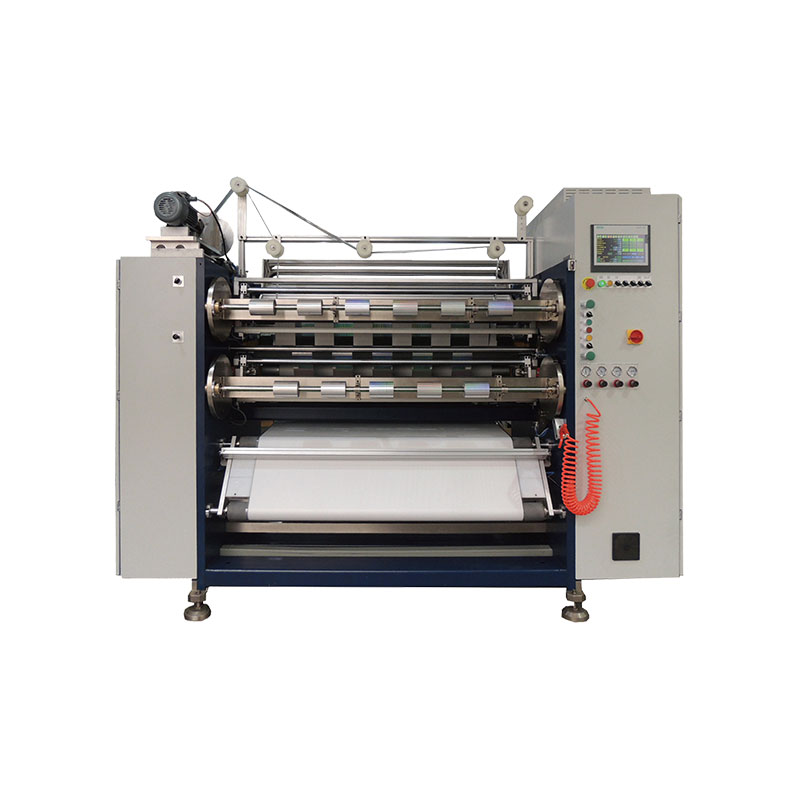 Hot Stamping Foil Slitter (4 Shafts)
Hot Stamping Foil Slitter (4 Shafts)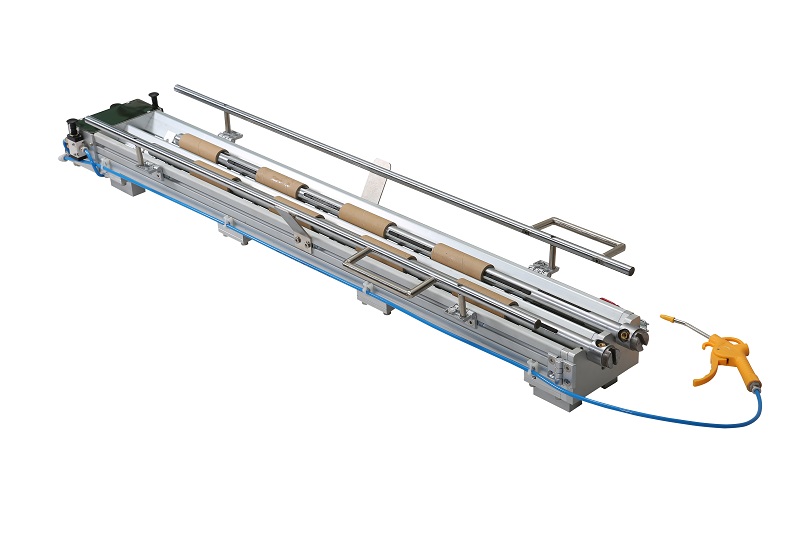 Paper Core Loading Machine
Paper Core Loading Machine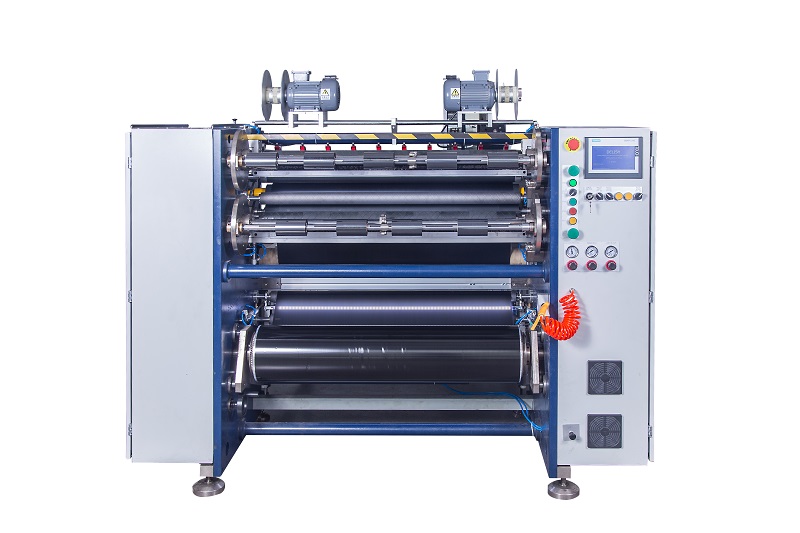 Semi-Auto TTR Slitter RSDS2 Plus
Semi-Auto TTR Slitter RSDS2 Plus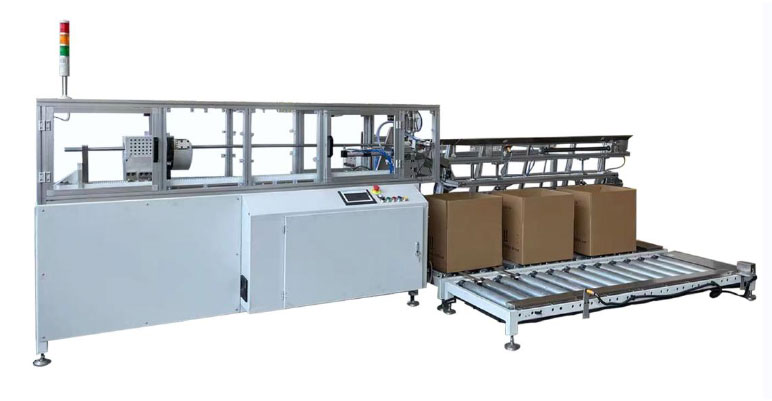 Auto Paper Core Cutter
Auto Paper Core Cutter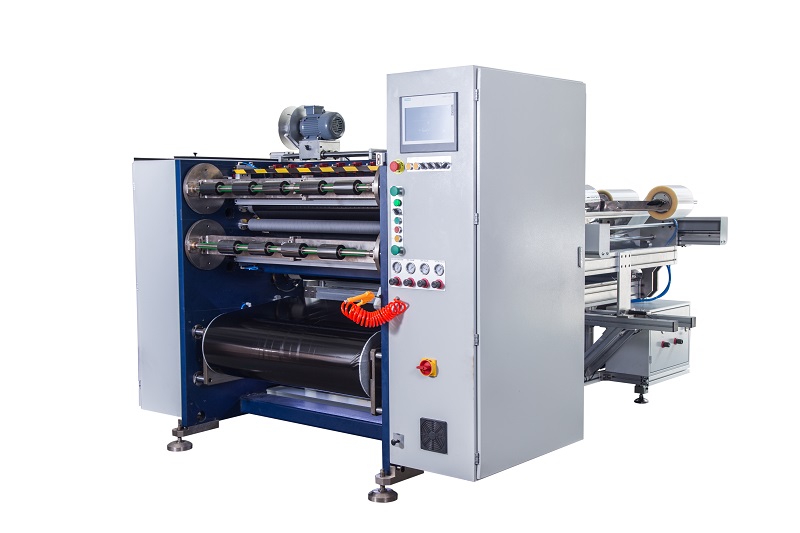 Semi Automatic TTR Slitter RSDS5 Plus
Semi Automatic TTR Slitter RSDS5 Plus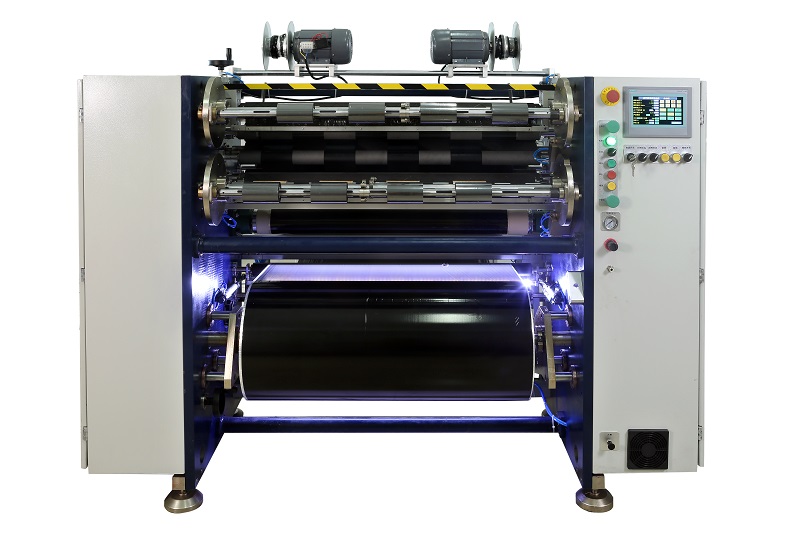 Manual TTR Slitter RSDS2
Manual TTR Slitter RSDS2





